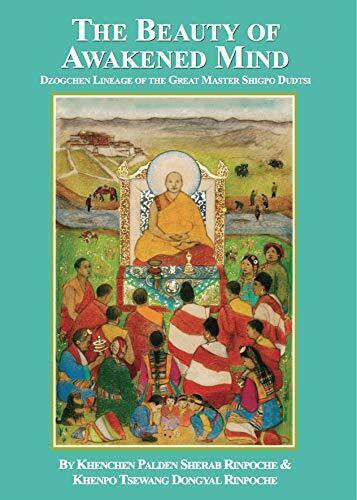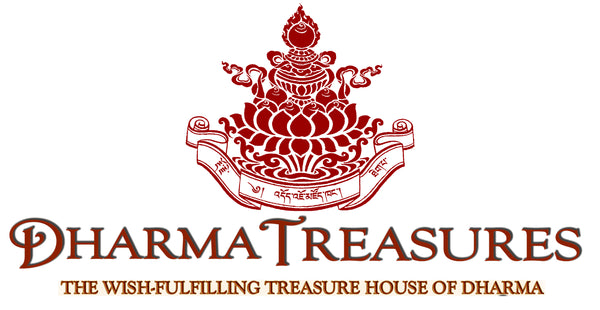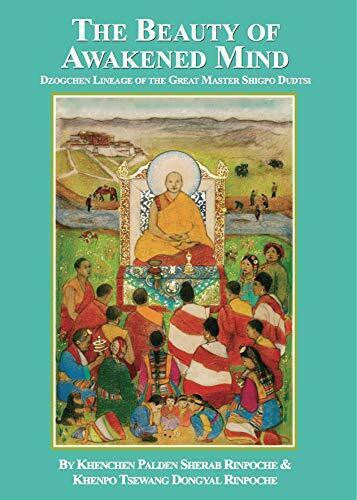The Beauty of Awakened Mind
The Beauty of Awakened Mind
Couldn't load pickup availability
The Beauty of Awakened Mind: Dzogchen Lineage of the Great Master Shigpo Dudtsi.
By Venerable Khenchen Palden Sherab Rinpoche and Venerable Khenpo Tsewang Dongyal Rinpoche.
Shigpo Dudtsi was a renowned yogi and teacher in 12th century Tibet, and was one of the great masters of the kama, or oral transmission lineage in Nyingma Buddhist history. The Nyingma kama lineage began with Guru Padmasambhava, Shantarakshita, Vimalamitra, and Vairochana in the 8th century. From the time of Guru Padmasambhava and for at least three centuries afterwards, everyone who attained enlightenment in Tibet did so by practicing the kama lineage teachings of the Nyingma school. In the beginning of the 11th century, the first terton Sangye Lama appeared and revealed terma teachings that came from Guru Padmasambhava. Many other great tertons followed him and their teachings spread widely, so that by the 14th century, the terma teachings eclipsed the kama in popularity, and great tertons were more celebrated than kama masters. In many ways the same holds true today. Yet despite the widespread practice of terma, the kama and terma lineages have never actually been separate; in fact, kama is the very basis of terma.
In July 2009 at Padma Samye Ling monastery and retreat center in upstate New York, Ven. Khenchen Palden Sherab Rinpoche and Ven. Khenpo Tsewang Dongyal Rinpoche taught a two-week Dzogchen retreat on Dzogpa Chenpo Semde Nyanglug, the Mind Section Teachings of the Great Perfection According to the Nyang Lineage of Shigpo Dudtsi. This retreat included extensive instructions on the practices of Ngondro and Dzogchen according to Shigpo Dudtsi. Although the teachings of Shigpo Dudtsi were once very popular, now many experienced Nyingma practitioners have never even heard of his name. During this retreat, the Khenpo Rinpoches honored and strengthened connections to this great master, as well as to the kama lineage, which is the very source of the Nyingma tradition.
Paperback; 240 pages; 41 illustrations; glossary.
Published by Dharma Samudra.
2013 Copyright by Padmasambhava Buddhist Center.
Share


